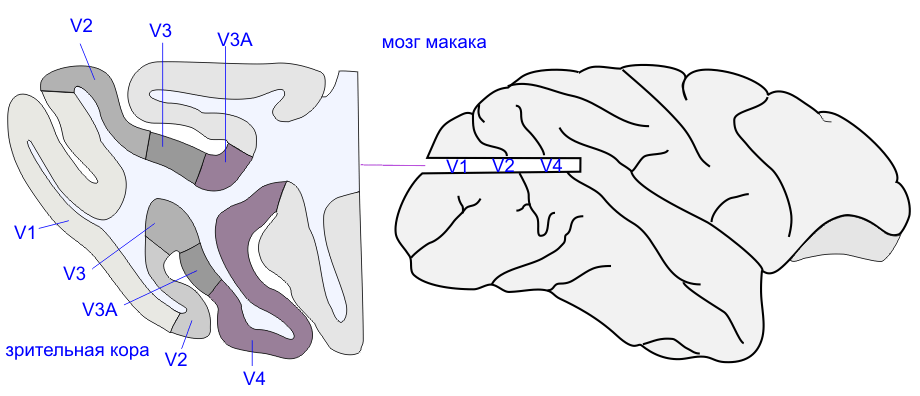Gene superfamily: aldolases; (ALDOA ALDOAP1 ALDOAP2 ALDOB ALDOC)
|
FUN |
Systematic name: D-fructose-1,6-bisphosphate D-glyceraldehyde-3-phosphate-lyase. Catalyzes reaction: D-fructose 1,6-bisphosphate = glycerone phosphate + D-glyceraldehyde." |
|
FAG |
The genome contains one coding gene for aldolase A (GEM:16q222/ALDOA) and two its processed pseudogenes, which are mapped to chrs 3 and 10 (GEM:03^/ALDOAP1 and GEM:10q/ALDOAP2, respectively). Phylogenetically related ALDOA isoenzymes B and C are represented under GEM:09q2/ALDOB and GEM:17q1/ALDOC." |
|
EAG |
[1] Three phylogenetically related aldolase isoenzymes, A, B, and C
(GEM:16q222/ALDOA, GEM:09q2/ALDOB, and GEM:17q1/ALDOC, respectively) and
two ALDOA pseudogenes (GEM:03^/ALDOAP1 and
GEM:10q/ALDOAP2) are
identified.
[2] In terms of functional and evolutionary anatomy of genome, it is notable that A and C ALDOA genes, which are more homologous to each other, are located in chromosomes 16 and 17, which are phylogenetically homeologous and morphologically similar. On the other hand, a less related to them B gene, as well as one of ALDO pseudogenes, are located in another homeologous pair (9q and 10q) and, in addition, exhibit a pronounced homology of flanking regions. (The above pseudogene is registered as A-pseudogene 2, because its homology with ALDOA is 80% and that with ALDOB, 69%). This allowed to suggest (Tolan-1987) that ALDOB and ALDOAP2 were more homologous to each other earlier in evolutionary history, but afterwards the pseudogene 2 was changed, through a series of recombination, into the modern state, which is more similar to ALDOA." |
|
EVO |
MIM, with reference to R.V.Lebo (personal communication, Nov 1986), registered B pseudogene. It is mentioned under MIM:229600 (hereditary fructosemia, related to aldolase B deficiency). HGM10 registered this pseudogene as A pseudogene 2, since it exhibits the 80% homology to ALDOA and only 69%, ALDOB. In fact, R.V.Lebo just hypothesized (see Tolan-1987) that the pseudogene 2 was more homologous to ALDOB early in evolution (basing on their localization in homeologous chrs 9 and 10, while more homologous to each other ALDOA and ALDOC is located in another homeologous pair, chrs 16 and 17), but afterwards it changes to the current state more similar to to ALDOA." |
|
REF |
GEN,EVO "Maire P &: J Mol Biol, 197, 425-438, 1987 FAG,PRO "Sakakibara M &: BBRC, 131, N1, 413-420, 1985 LOC,PRO "Serero S &: Hum Genet, 78, 167-174, 1988 FAG,PRO "Tolan DR &: AJHG, 41, 907-924, 1987 |

